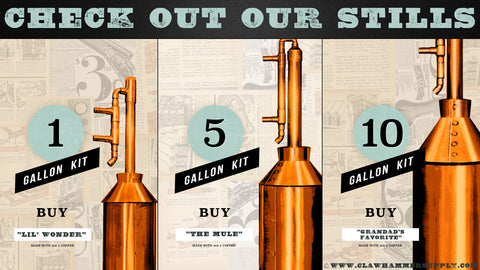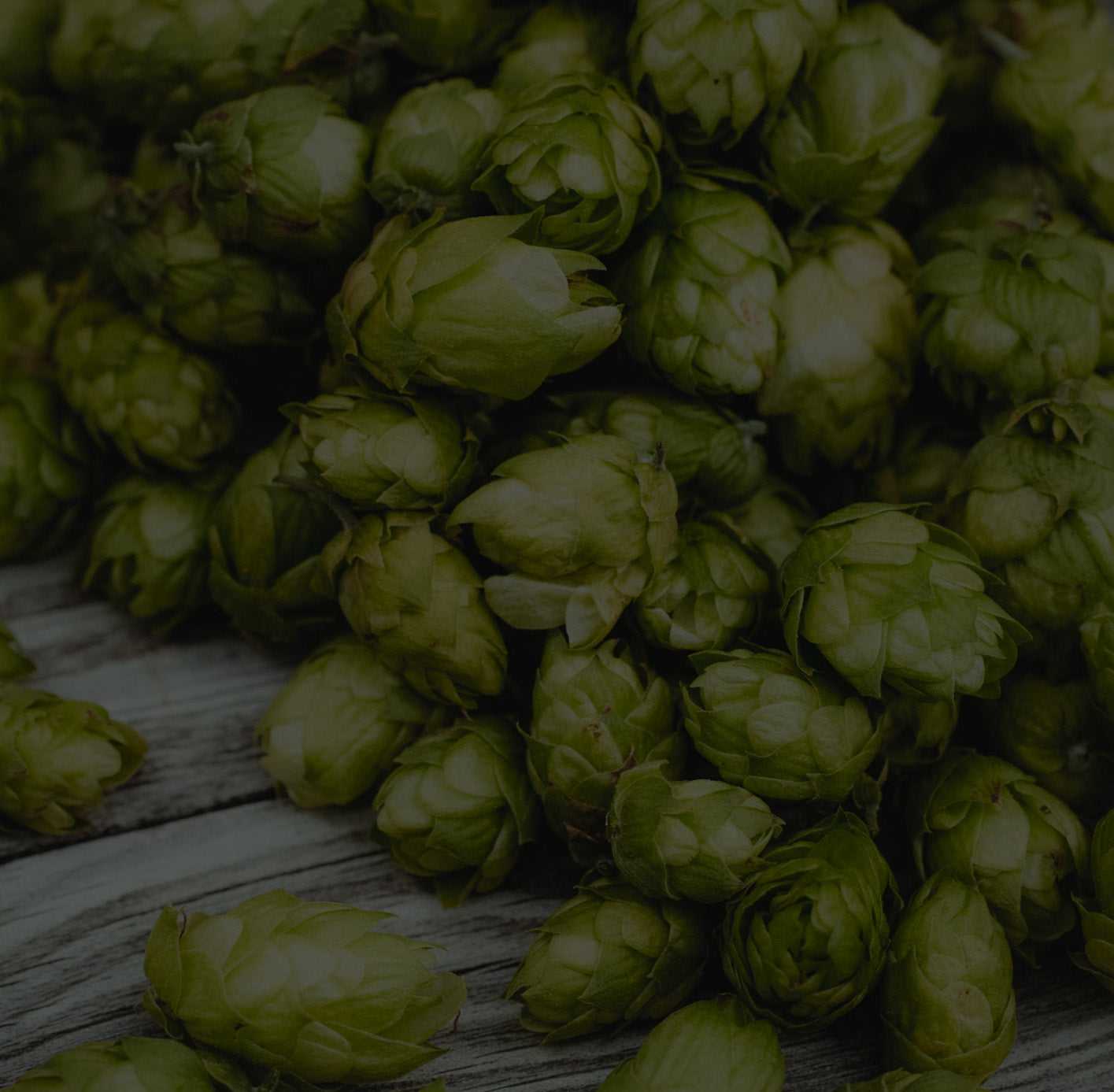
Brandy is created by distilling fruit wine. After the fruit has been fermented into a wine, the wine is then distilled to produce a strong, clear spirit with the essence of fruit it was made from.
Overview of Brandy
Traditionally Brandy was distilled in pot stills; today column stills are often used, as they can be used for continuous distillation. Brandy obtained from a column still has a higher alcohol concentration but is less aromatic than brandy distilled from a pot still. The style of still depends on the style of brandy produced. Cognac (a popular French Brandy) is produced in pot stills while many American brandies often use fractional distillation in column stills. It is thought that wine was first distilled as a preservation method and as a way to make it easier for merchants to transport.
Speaking of traditional brandy such as Cognac, here's an article on how to make traditional brandy using fermented grape juice. And because brandy can be made with all types of fruit, here's a plumb brandy recipe as well as a peach brandy recipe.
After distillation, the clear brandy is often placed into oak barrels to mature. Brandies with a natural golden or brown color most likely have been aged in oak casks. Some brandies mostly from Spain, are aged in a system where the spirit is transferred to a different barrel each year. After a period of aging, which depends on the style, class and legal requirements, the mature brandy is mixed with distilled water to reduce alcohol concentration and bottled.
Brandy connoisseurs already know that Calvados, for example, is an apple brandy from the French region of Lower Normandy. Calvados is distilled from apple cider which is made from over 200 varieties of locally grown apples. The fruit is harvested and pressed into a cider which is then fermented into a dry cider. Once it is fermented it is distilled and aged for 2 years in oak casks. The longer it is aged, the smoother the drink becomes.
For those that have not tried brandy, we suggest starting with one of these great cocktails: Brandy Sour, the Brandy Alexander, the Sidecar, the Brandy Daisy, or the Brandy Old Fashioned.
Fruit Brandy Basics
Pears, apples, grapes, peaches and plums are all great fruits which can be processed into wine. Though, something to keep in mind is that if the wine is being made from berries, sugar is typically added, as berries are lower in sugar than other types of fruit.
The Legality of Making Apple Brandy
Before we get into the details, it should be noted that this article is for educational and entertainment purposes only. It isn't meant be advice or used as the basis for any act or decision whatsoever. Also, a reminder: Distilling alcohol is illegal without a federal fuel alcohol or distilled spirit plant permit as well as relevant state permits. Our distillation equipment is designed for legal uses only. Please read our complete legal summary for more information on the legalities of distillation. That said, the following is how a commercial distiller would likely make apple brandy.
How To Make Apple Brandy
Making apple brandy requires 3 steps:
- Breaking down the apples and extracting the juice.
- Fermenting the apple juice.
- Distilling the fermented apple juice.
- An optional 4th step would be to age the distilled brandy in a wood barrel.
Making apple brandy requires one to round up a fair amount of fruit. Using a rule of thumb, 16 pounds of apples will yield about 1 gallon of cider. 1 gallon of cider will only yield about a pint of brandy. So, commercial producers typically need thousands upon thousands of apples to make their products!
To simplify this process and make it easier to understand we'll describe the process that a commercial distiller would use if they scaled the recipe down for a 5 gallon pilot system test batch. For this they would need roughly 80 pounds of apples. and the process would look something like this:
- The apples would be rinsed.
- They apples would juiced using a fruit press.
- The juice would then be treated to eliminate wild yeast
- This can be done using campden tablets
- This can also be done by lightly pasturing
- Commercially produced yeast would be pitched after eliminating wild yeast and bacteria.
- The product would be distilled.
- It may also be aged after distillation.
We actually completed a very similar project (minus the distillation process) in order to make homemade cider. Check out the following videos for more information.
Remember, making beer, wine, and hard cider is legal almost everywhere in the United States. However, it is illegal to distill alcohol without proper federal, state, and local permits. Read our complete legal summary for more information.







Leave a comment